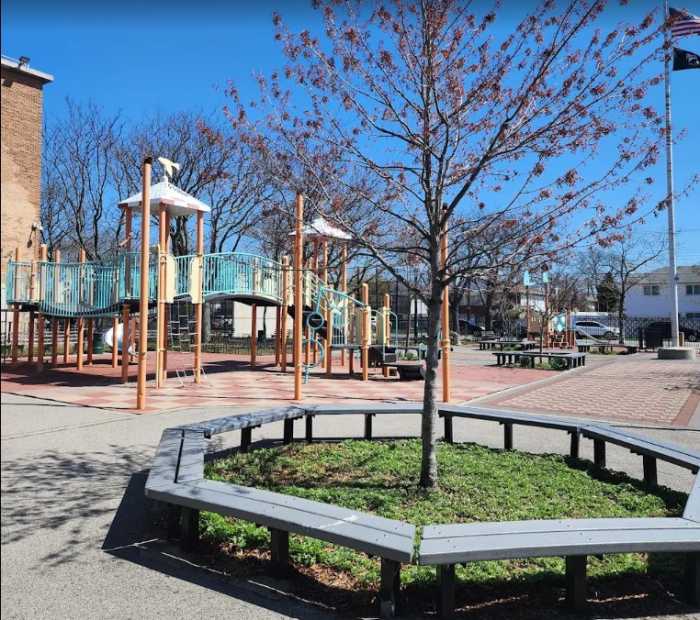By Kathianne Boniello
After residents in Queens are done poring over the state Department of Health's recently released maps depicting breast cancer rates for every ZIP code in the borough, activists and doctors are hoping the one thing that sticks with people is awareness.
The state maps, released at a news conference earlier this month in Albany, show higher-than-expected rates of the disease in Douglaston, Floral Park, Bay Terrace, and parts of Fresh Meadows, Queens Village and Flushing between 1993 and 1997.
While doctors, community activists and the American Cancer Society acknowledged the maps may help increase funding for research of the disease, they also said they hope the information creates more awareness about breast cancer than panic.
Dr. Karen Karsif, director of the Breast Center at New York Hospital Medical Center of Queens, emphasized that the state Department of Health maps would be an ideal starting point for more research. But she also urged that people avoid panic.
“It's a very interesting map and it brought out a lot of things,” she said. “I don't think anyone should move neighborhoods because of it.”
Karsif also said the maps give a unique opportunity to study possible causes of breast cancer in a certain areas such as diet, ethnic breakdowns, environment and socioeconomic factors.
As Karsif focused on the possible environmental causes of breast cancer, the maps may reveal, one Douglaston community activist expressed frustration at the ZIP code maps.
“I certainly applaud the state for doing this,” said Ann Jawin, director of the Queens Women's Center and president of the Doug Bay Civic Association. “Better this way than not at all.
“[But] in the end what are you going to be able to do about it?” she said of the maps. “I think the cancer maps where they go by ZIP codes are really unhelpful. What should I do? Should I move? Where should I move?”
Salma Shariff-Marcos, director of Breast Health for the American Cancer Society, said she wants the maps to get people thinking about their own health.
“I hope people think about the issue and see how they can help themselves,” she said. “We can't say it enough: early detection is the key.”
Shariff-Marcos oversees the Queens Breast Health Partnership, the largest program in the state providing early detection methods like mammography and clinical exams to low-income and under-insured women. She said 96 percent of patients who find their breast cancer early survive.
But if the disease is caught in its later stages, patient survival rates drop dramatically, according to the American Cancer Society.
“Early detection truly has been proven to save lives,” Shariff-Marcos said.
One key component of the program, she said, is a mobile mammography unit which operates out of Mary Immaculate Hospital in Jamaica.
“That way we can get out into the community,” she said.
Kristine Smith, a spokeswoman for the Health Department, said the state would release other cancer ZIP code maps – colorectal, lung, and prostate – sometime in the future, and would be looking into mapping correlating factors like the environment. But she also said the maps should serve “as a wake-up call.”
“Your readers should not look at this and be scared based on their ZIP code,” she told the Times/Ledger last week. “They should look at them as a wake-up call.”
Reach reporter Kathianne Boniello by e-mail at Timesledgr@aol.com or call 229-0300 ext. 146.




































